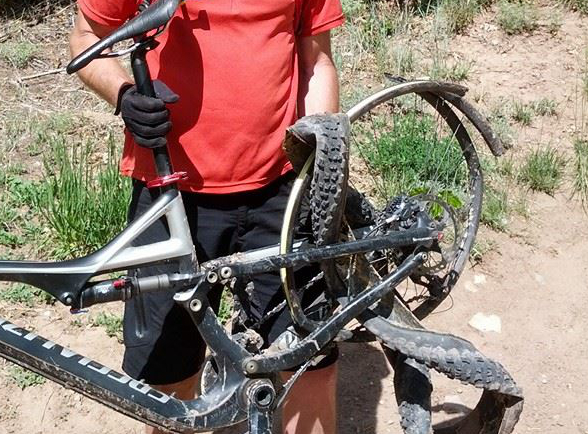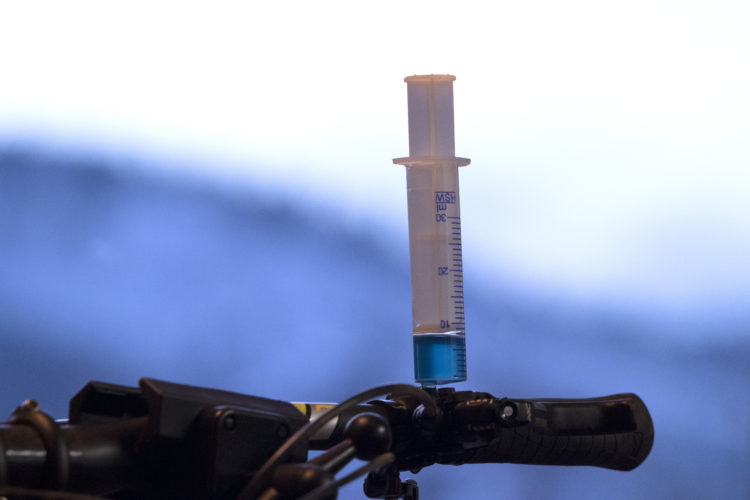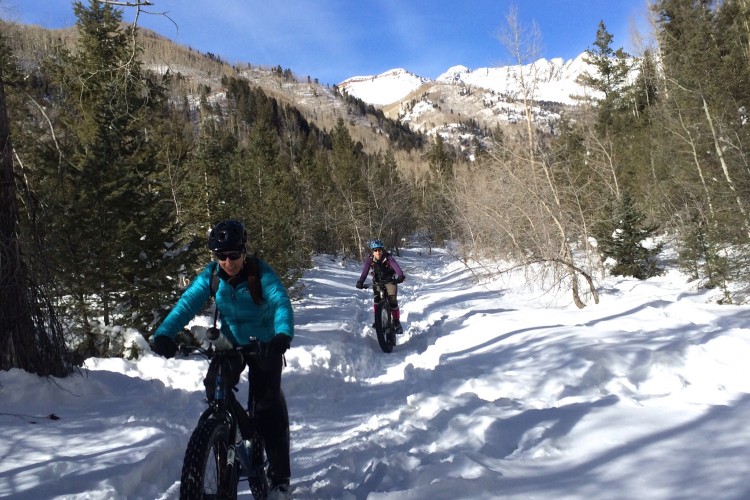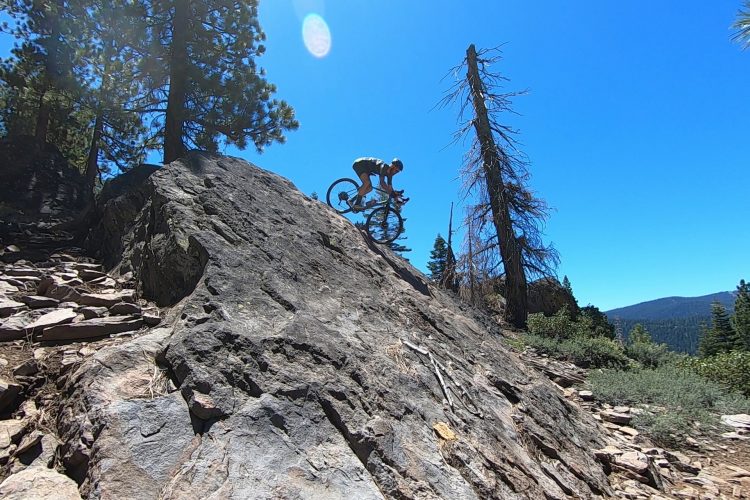Fall is in the air. The leaves are changing colors. It’s not going to be long before a good portion of us will be hanging up the bikes and switching to more appropriate winter sports. At the very least, the truly masochistic among us will be breaking out the fat bikes for some good ole winter biking suffering.

While it may be the furthest thing from your mind right now, the off-season provides the perfect time to drop your bike off at your local bike shop for an overhaul. Though I own more bikes than butt cheeks, I by no means fix enough bikes to be called a maintenance expert. As such, I ventured to my LBS to interview the service department manager, Zach Ratzlaff, at Sports Systems to get a professional’s view on yearly maintenance. Below is a recap of the interview:
ST: What maintenance do you recommend yearly?
Ratzlaff: It’s a great time for suspension maintenance. Certain rear suspension, like Fox, requires the damper to be serviced by the factory. The same is true for the Specialized Brain. That takes at least a week, sometimes up to two weeks. Cables and housing need to be lubed at the minimum, sometimes replaced. Dropper posts need to be serviced every 150 hours. A good bike shop can do this in house, though sometimes it still requires shipping to the manufacturer.
Chains and cassettes need to be checked and sometimes preventatively replaced in order to avoid a mid-ride catastrophe. It’s also a good time to check and replace brake pads (though for most riders that will need to be done during the season as well). Getting your brakes bled by your LBS is also ideal. It’s a possible DIY, but requires numerous tools. Wheels shouldn’t need much, but it’s good to check hub bodies and such. Basically, it’s best to head into the new season with a fresh drivetrain. No one wants to have to drop off the bike mid-July for major maintenance work. It’s also best to replace your sealant for tubeless tires in February, right before the season starts.

What one component do you see neglected the most?
Rear shocks. It’s pretty easy to do the bare minimum, at-home maintenance on shocks, but most of this is just replacing the seals and topping off the oil. However, the biggest surpriser is usually when the damper fails. It’s best to keep on top of damper maintenance.
What do you see fail the most?
Broken chains and derailleur hangers.

Advice to all?
Just about everyone under-lubes, even the bike staff. You can save a lot of money, as well as wear and tear, on your drivetrain just by properly lubing your components. This is especially true if you’re a weekend warrior. It takes all of 30 seconds to lube your chain and pump up your tires before heading out for your ride.
What about for those of us that partake in cold weather riding? Is there any special maintenance we should do to prepare our bike?
Typically, most fluids/oils in your bike are stable to the low 20’s. Beyond that you may want to consider running different brake fluids specifically designed for low temperature conditions. Just make sure they still meet the manufacturer specs for your type of brakes. If you’re going to be biking in snowy conditions, consider switching to a wet chain lube. You may find that your suspension tuning will change a little. You can switch to a lower weight oil for suspension, but typically this is only done by professional racers. The rest of us usually can’t distinguish that small of a difference in performance. Just note that if you switch your fluids for low temperature riding, it will require you to service these components again to switch back to the standard oil once it starts to warmup. A few have complained of issues with tubeless sealants at very low temperatures.
Major Take-aways:
While it can cost anywhere from $300 – $500 for a complete overhaul, having a professional bike mechanic do a once over on your bike can be instrumental to keep your bike in top shape and catch issues in their infancy. There’s nothing worse than blowing up your fork or drivetrain just days before heading to Moab or any other biking destination that you’ve been planning for months. Or even worse, having this happen while on your trip:

A big thanks to Zach and Sports Systems in Albuquerque for answering all my questions!
Your turn: What off-season maintenance do you typically do? Have you learned the importance of yearly maintenance the hard way?


















